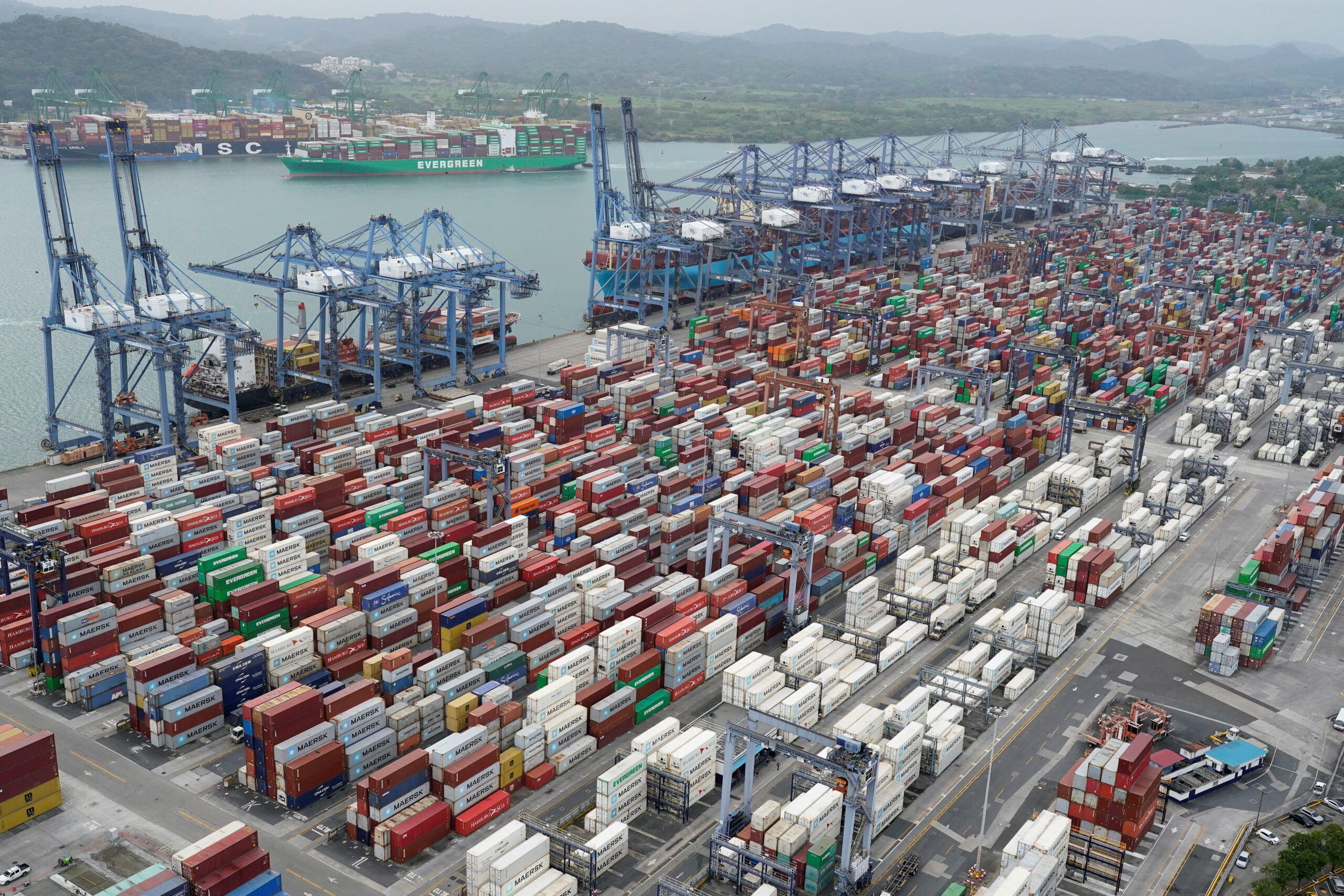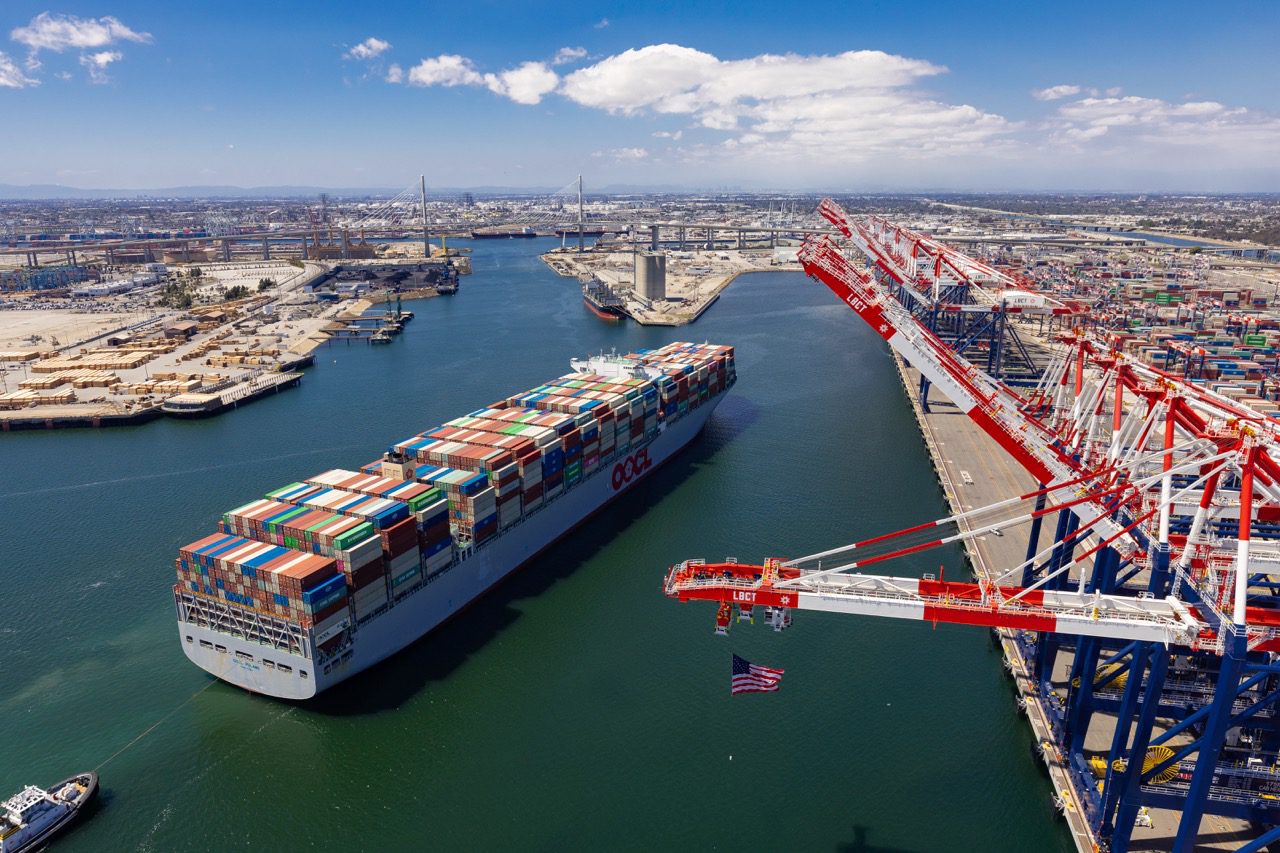Sometime around early October, the ports in Florida, spearheaded by a reinvigorated Florida Ports Council (FPC), began strutting their stuff- encouraging cargo owners to shift their business from the U.S. West Coast over to ports in the Sunshine State. This blitz of media outreach is bearing fruit.
In a late January 2022 tweet, the FPC commented: “Cargo ships continue enduring long delays/wait times to call on west coast ports. Florida is open for business and @SenRickScott supports FL as a solution to this supply chain problem.”
This followed up on an FPC tweet earlier in the month (in conjunction with a Fox News appearance by FPC’s President, Mr. Michael Rubin): “Florida has invested in its seaports, we’re open for business, and we’re connecting commerce. Meanwhile, cargo congestion in California is much worse. It’s faster for cargo ships to get to FL than it is for them to get into CA ports.”
Container industry expert John McCown, publisher of the The McCown Report, writes in his January 2022 report that boxes continue to be diverted away from the West Coast, and that: “The performance of the East/ Gulf ports recently is driven by three factors. First, the initial pandemic volume surge disproportionately benefited the West Coast ports and that is impacting current comparisons. Second, shippers have elected to change routing decisions for loads that would have gone to West Coast ports….to avoid the widely reported congestion. The redirected loads are destined for eastern points anyway and the port congestion and uncertainty had obviated the typical transit time benefit. In addition to those two factor, a subtle but consistent underlying coastal shift continues. That trend results from reduced linehaul costs of moving containers in all or more vessel service to the East/ Gulf Coast compared to cross country intermodal service via the West Coast. December was the highest volume month ever for East/ Gulf Coast ports.”
Statistics from Florida ports bear out Mr. McCown’s observations, showing a growth throughput over the previous year. For Port Everglades, data through November 2021 shows overall container throughput of 973,678 TEUs, up from the year earlier 11-month count of 848,304. As congestion on the West Coast become front page news, in early Spring 2021, the year on year growth was most pronounced all along the East Coast.
Port Everglades, for example, July 2021’s monthly numbers at the port, 91,285 TEUs, greatly exceeded the July 2020 flow of 68,829 TEUs. In Miami, the picture was also one of growth; the FPC tweeted: “PortMiami reported its busiest cargo year in history, reaching a record 1,254,064 TEUs (up 17.6 percent) in FY 2021. Importantly, the increase in volumes did not generate any vessel congestion or delays at the Port’s main shipping channel.”
Jacksonville, a diversified port presently dredging its Saint Johns River down to 47 feet, is also benefitting, including grabbing container traffic from neighboring ports better known for box traffic (which have also seen vessels anchored outside). In early January, a Jacksonville port executive was quoted saying: “One of the biggest shipping lines recently diverted some business to Jacksonville, so that the ship is not just sitting on the Atlantic Ocean. We just had another German shipping line that normally goes to Savannah to come here instead.”
So what should we expect in the coming months? In a mid January podcast from noted supply chain publication “The Loadstar”, analyst Peter Sand, who recently joined Xeneta (which describes itself as “the world’s largest ocean and air freight rate benchmarking and market analytics platform”), indicated that spot rates from Asia to the U.S. East Coast had recently seen a “big jump upward,” which was a “…knock on from the congestion on the U.S. West Coast.” He added that presently, cargo owners were trying to get cargoes out of China before the Chinese New Year.
Talking about upcoming negotiations with stevedores on the West Coast, Jason Haith, Manager at transpacific forwarding specialist OEC Group- also on the podcast, said: “It’s a big problem…importers in the U.S. right now have zero appetite for risk…” Mr. Haith suggested that, around mid April to mid May, “…we see costing on the West Coast start to decline…” and “…on the other hand, I think costing for Gulf and East Coast shipments starts to go bonkers…”
Picking up on this thread, Mr. Sand suggested that shippers were beginning to think about avoiding the U.S. West Coast “…and making yet another contingency plan…”. He said that increased diversions to the U.S. Gulf and East Coast ports were likely.
At this point, logistical certainty trumps the $ cost/TEU, so, as the West Coast labor negotiations play out during the late Winter into the Spring season, the numbers of boxes moving through the East Coast, including the ports in Florida, will continue to grow, likely eclipsing the previous record levels.
Sign up for our newsletter

 Join The Club
Join The Club











